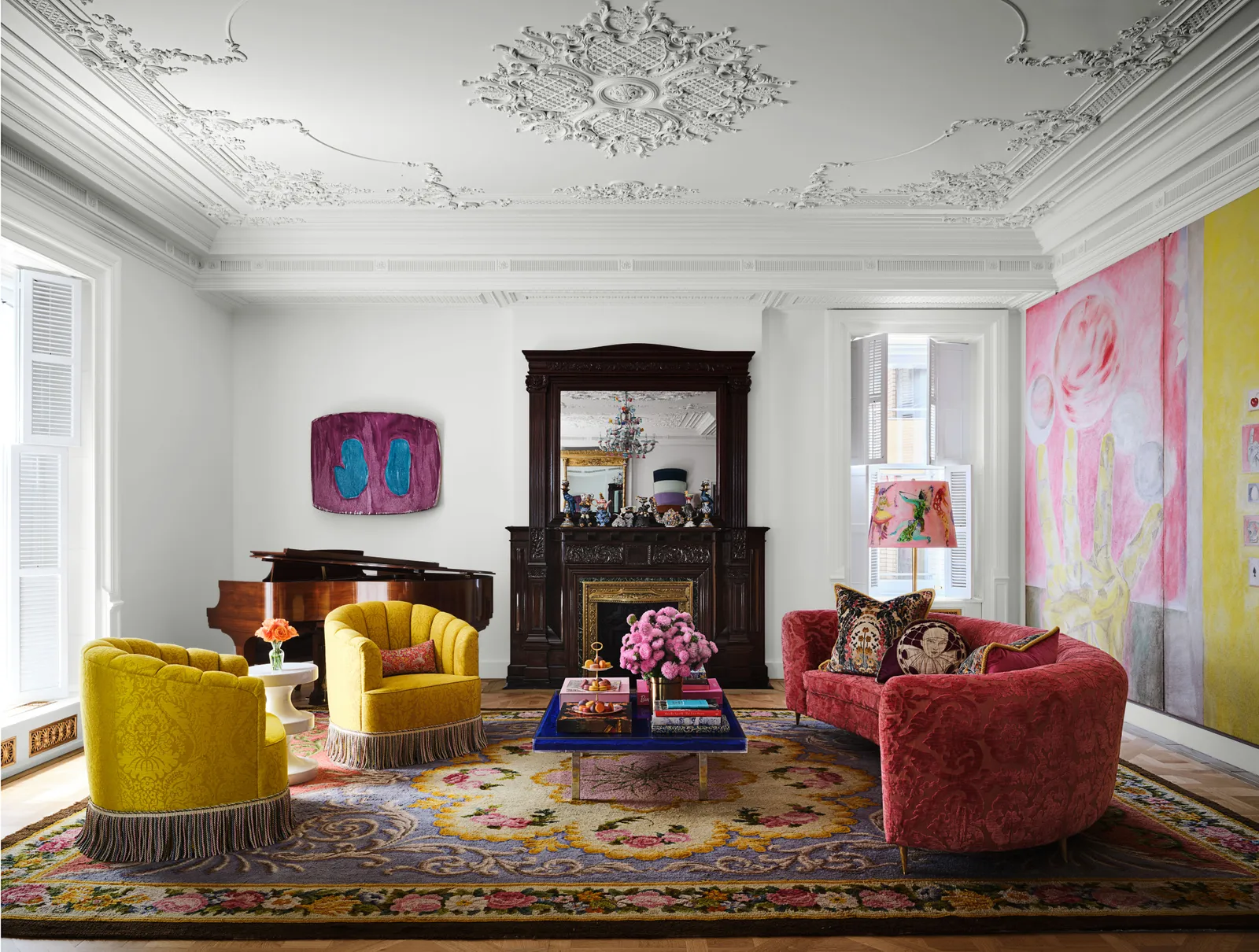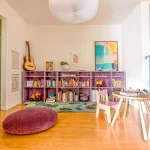
Walk into a home that blends a Moroccan rug with a Scandinavian sofa, or a Japanese shoji screen against a industrial-chic brick wall. That’s cultural fusion in action—spaces that don’t just borrow, but harmonize influences from across the globe. And honestly? It’s the most exciting thing happening in interior design right now.
Why Cultural Fusion? (And Why Now?)
Globalization, travel, and yes, even Instagram have made the world smaller. We’re craving authenticity, but also connection—homes that tell stories, not just follow trends. Here’s the deal: cultural fusion isn’t about pastiche. It’s about respectful blending, where each piece adds depth without losing its roots.
Key Ingredients of Culturally Fused Spaces
Think of it like a great recipe. You need:
- Texture contrasts: Rough jute meets sleek lacquer.
- Color dialogues: Earthy terracotta pops against cool Nordic blues.
- Unexpected pairings: A Balinese carved door as a headboard? Why not.
- Breathing room—clutter kills the magic.
Real-World Examples That Work
Let’s dive into three approaches designers are nailing right now:
1. The Minimalist Mashup
Japanese wabi-sabi meets Danish hygge. Think clean lines, but with warmth—a low-slung tatami seating area next to a sheepskin throw. The key? Natural materials and imperfect beauty.
2. The Maximalist Journey
Mexican Talavera tiles layered with Indian block-print textiles. It’s bold, sure, but when anchored by neutral walls or a simple layout, the energy feels curated, not chaotic.
3. The Neutral Translator
All-white spaces where cultural pieces become sculptural—a Congolese mask on a raw concrete wall, or a single Turkish çini plate as art. Less color, more form and history.
Avoiding the Pitfalls
Cultural fusion walks a fine line between appreciation and appropriation. Here’s how to stay on the right side:
| Do: | Don’t: |
| Research the meaning behind pieces | Treat sacred objects as mere decor |
| Mix handmade with mass-produced | Create a “theme park” vibe |
| Support artisan communities | Buy knockoffs of traditional crafts |
How to Start Small (Because Overhauling Is Overwhelming)
Not ready to commit to a full-blown fusion? Try these bite-sized ideas:
- Swap out cabinet knobs for hand-carved wooden ones (West African or Filipino styles work beautifully).
- Drape a Guatemalan huipil textile as a wall hanging.
- Use a Chinese doucai teacup as a succulent planter.
The Future of Fusion
As boundaries blur even further, we’re seeing wilder hybrids—think AI-generated patterns inspired by Aboriginal dot paintings, or 3D-printed furniture with Mayan geometric motifs. The challenge? Keeping the soul intact when tech enters the mix.
At its best, cultural fusion in interiors reminds us that beauty has no borders. It’s a conversation—one where every piece gets to speak its truth, yet somehow finds harmony with the others. Now that’s a home worth living in.






